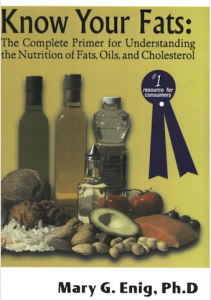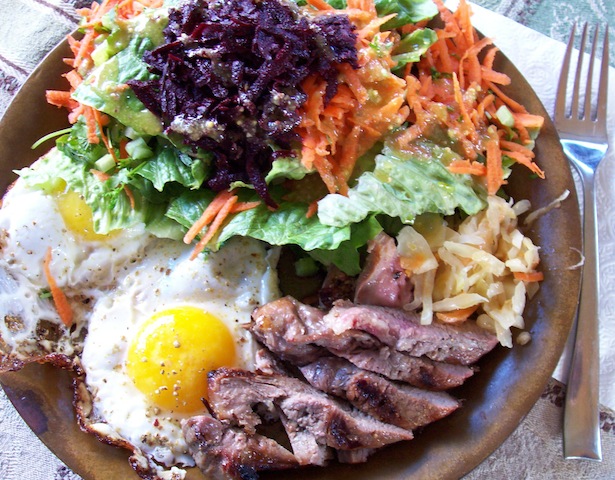
How do we get to the point where homemade treats can't be sold? Do you think governments should be involved in these types of decisions? Photo by Brittanya Beddington.
It is far better for a man to go wrong in freedom than to go right in chains.
Thomas Huxley
Angela Davis is the Brooklyn, NY Chapter Leader for the Weston A Price Foundation. She posted this disturbing information on the WAPF Leader’s Board. There is now a ban on homemade desserts at her local school. The reason behind this ban is there is no nutritional labeling on the homemade desserts telling how many grams of macro-nutrients it contains. Of course, processed foods from the Industrial Food System are allowed because the package states this type of data. Please read and weep at the US government’s wrong-headed approach to solving our society’s childhood obesity problem. Here is what The New York Times has to say about the issue.
Of course, this couldn’t happen in a school near you. Could it? After reading this posting I updated my own Funny Troubles with the local school system over nourishing traditional food and the Specific Carbohydrate Diet (SCD).
Updated March 3, 2012: A preschooler in North Carolina, US had her homemade lunch–turkey and cheese sandwich, banana, potato chips, and apple juice–taken away because it wasn’t nutritious enough. It didn’t meet the new USDA guidelines. She was given chicken nuggets and the parents were given a bill for the meal. Read more about this story at Preschooler?s Homemade Lunch Replaced with Cafeteria ?Nuggets?. The USDA seems to have a bias toward processed foods with nutrition labeling!




